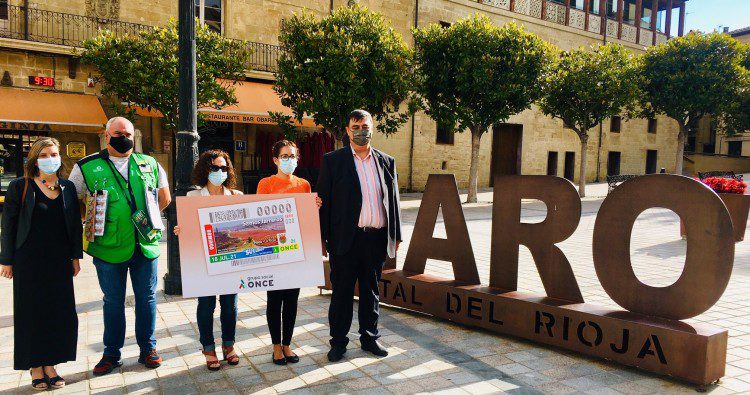Gentilicio de la rioja
la rioja university
Of the 174 municipalities spread throughout La Rioja, not all have an official gentilicio with which to refer to their neighbors. Thus, while some alternate the official with the popular, as in the case of Haro, whose official name is Harense, but which, nevertheless, refers to its neighbors as Jarreros; others, not inquiring into nicknames, adapt their own to surname their neighbors, as is the case with the Calagurritanos of Calahorra.
And there are still those who, not being influenced by the weight of the name of the municipality, bet that the tradition is in charge of nicknaming their neighbors. This is the case of Tricio, which, in keeping with its snail tradition, calls its inhabitants by this name.
The truth is that La Rioja is a region very rich in this type of popular nicknames. There are many towns in which the popular ends up imposing itself on the official, so that tradition ends up labeling an entire group.
However, this label, regardless of the neighbors to whom it refers, does not end up permeating the rest of the region and ends up becoming a salon nickname, that is, a hidden name that few outside the village can recognize.
gentilicio of san luis
Of the 174 municipalities spread throughout La Rioja, not all have an official gentilicio with which to refer to their neighbors. Thus, while some alternate the official with the popular, as in the case of Haro, whose official gentilicio is harense, but which, nevertheless, refers to its neighbors as jarreros; others, not inquiring into nicknames, adapt their own to surname their neighbors, as is the case with the Calagurritanos of Calahorra.
And there are still those who, not being influenced by the weight of the name of the municipality, bet that tradition is in charge of nicknaming their neighbors. This is the case of Tricio, which, in keeping with its snail tradition, calls its inhabitants by this name.
The truth is that La Rioja is a region very rich in this type of popular nicknames. There are many towns in which the popular ends up imposing itself on the official, so that tradition ends up labeling an entire group.
However, this label, regardless of the neighbors to whom it refers, does not end up permeating the rest of the region and ends up becoming a salon nickname, that is, a hidden name that few outside the village can recognize.
capital of la rioja (argentina)
The toponym of this place, which is located in the northwestern part of Argentina, is Provincia de La Rioja (it is common to confuse the meaning of toponym with that of gentilicio) and it is the word used to name a specific place.
Do you live in Provincia de La Rioja or have you ever been there on vacation? Why don’t you tell us something curious about this place or about provinces in Argentina? You could tell us about your favorite spot, recommend a restaurant to go out to eat or a hotel to stay in.
la rioja population
From left to right and from top to bottom: the Co-cathedral of Santa María de la Redonda, the church of Santa María de Palacio, the monument to the Labrador and the Capitol building, the portico of the church of San Bartolomé, the Plaza del Mercado, a panoramic view of the city, the Puente de Piedra overlooking the church of Santiago, the train station and the Casa de las Ciencias overlooking the Ebro River and the Iron Bridge.
The origin of this toponym is, as in many other localities, unknown. The name Lucronio is named for the first time in a document of 965 in which García Sánchez I of Pamplona donates the place thus named to the Monastery of San Millán. In the charter of 1095 it appears under the name of Logronio, except once when it is called illo Gronio. The most accepted thesis seems to indicate that the name is a late Latinization by prefixing the article «lo/illo» to the ancient toponym Gronio/Gronno,[6] a word of Celtic origin meaning ford or pass. It is believed that this name was due to the frequent use of the place to cross the Ebro River.


